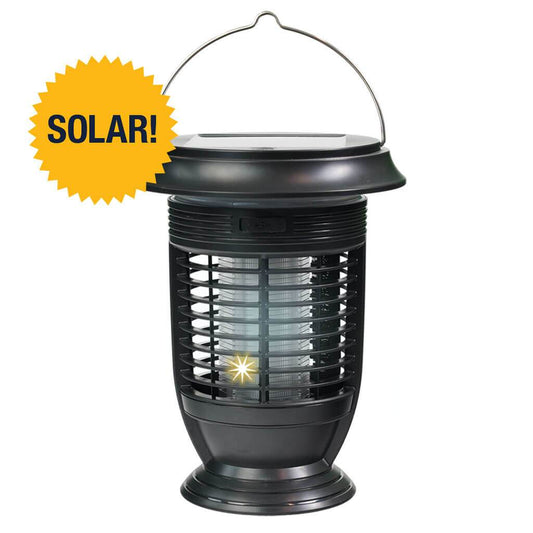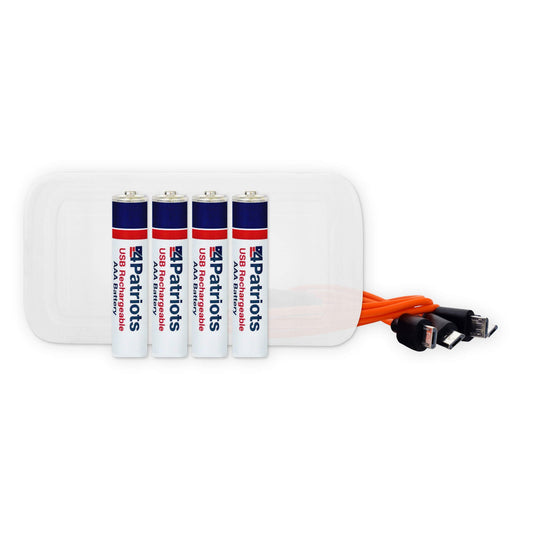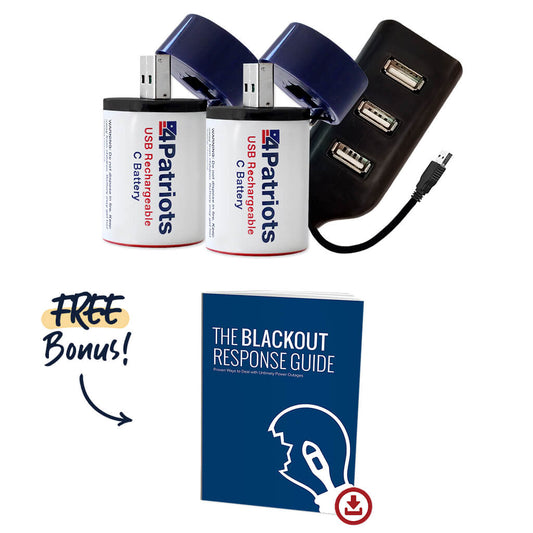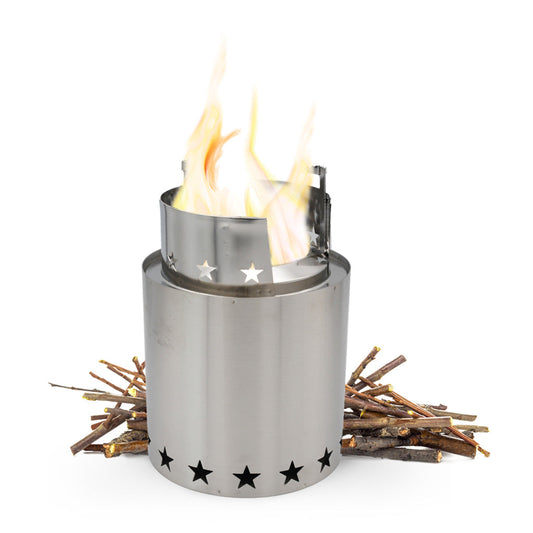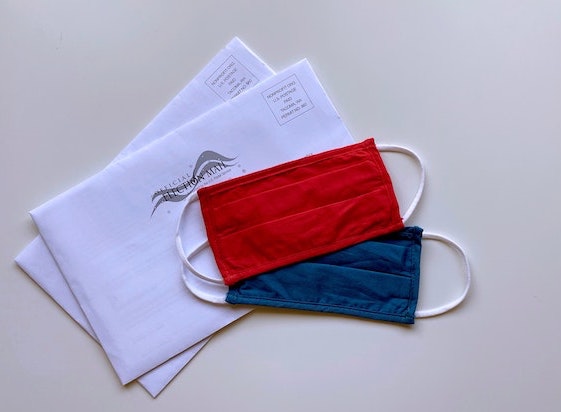
How the Pandemic Has Evolved and How the President Will Handle It

The long-anticipated 2020 Election Day is finally over.
Major news sources including Fox News, CNN and the Associated Press have declared Democrat challenger and former vice president Joe Biden the 46th president of the United States.
It was an incredibly close and contentious election. As of this writing, ballots in several states are still being counted. Lawsuits are being filed. Results are being contested.
Some political analysts say one of the reasons for Biden’s electoral college advantage was COVID-19. They say the public lost confidence in President Donald Trump’s ability to handle it.
If Biden is indeed the next president, he will have his hands full. He knows he needs to slow the spread of a virus now infecting more than 100,000 Americans every day. Without destroying the economy.
Devastating Effects
We'll get to Biden's plans to tackle that dilemma in a moment. In the meantime, let's review how COVID-19 has evolved since its start.
After all, in less than a year the virus has brought countries around the world to a standstill. It has pushed hospital systems to the brink.
And it has dragged the global economy into possibly the worst recession since World War II.
Millions of Americans lost their jobs due to the virus. Hundreds of thousands of businesses shut down. Countless businesses are enforcing strict safety protocols.
The COVID-19 Timeline
Here's a partial timeline regarding how the coronavirus began and evolved.
January 9 – The World Health Organization (WHO) announces a mysterious coronavirus-related pneumonia in Wuhan, China.
January 20 – The Centers for Disease Control and Prevention (CDC) begins passenger screenings at airports in New York City, San Francisco and Los Angeles.
January 21 – The CDC confirms the first coronavirus case in the U.S. It's a Washington state resident who recently returned from Wuhan.
January 31 – WHO declares a public health emergency as the virus spreads to Germany, Japan, Vietnam and Taiwan.
February 3 – The U.S. declares a public health emergency.
March 11 – WHO declares COVID-19 a pandemic. The organization's director general expresses concerns about the "alarming levels of spread and severity."
March 13 – Trump declares a national emergency. It frees up billions of dollars in federal funding to fight the disease's spread. Trump also declares a travel ban on non-U.S. citizens traveling here from Europe.
March 17 – Trump asks Congress to expedite emergency relief checks to Americans as part of an economic stimulus package.
March 19 – California becomes the first state to issue a stay-at-home order, other than for essential jobs or shopping for essential needs.
April 29 – Trials conducted by the National Institutes of Health show the drug Remdesivir speeds up recovery time from the virus.
May 28 – The U.S. passes the 100,000 mark in deaths from the coronavirus.
June 10 – U.S. COVID-19 cases reach the 2 million mark. Cases rise as some states ease social distancing restrictions.
June 30 – Dr. Anthony Fauci warns the Senate Health, Education, Labor and Pensions Committee that new U.S. cases could reach 100,000 per day.
July 7 – WHO acknowledges evidence suggesting airborne coronavirus transmission.
July 8 – Intensive care units in hospitals in Florida and Arizona reach full capacity due to COVID-19 surges.
July 15 – Walmart, the world's largest retailer, requires shoppers to wear facemasks in all 5,000 of its U.S. stores.
August – Numerous countries and U.S. states report record-breaking numbers of daily COVID-19 infections. Many schools announce they will not reopen for in-person classes in the fall.
September 9 – The American Academy of Pediatrics and the Children's Hospital Association announce that more than 500,000 U.S. children have tested positive for COVID-19.
September 22 – U.S. deaths from COVID-19 surpass 200,000.
September 28 – Global deaths from COVID-19 surpass the 1 million mark.
October 2 – Trump and wife Melania test positive for COVID-19. The president is flown to Walter Reed Hospital for treatment. He returns to the White House three days later.
October 8 – At least 34 people in the Trump Administration have tested positive for COVID-19.
November 7 – The U.S. establishes a record for daily cases with 126,742 confirmed. In addition, 1040 deaths are reported.
November 9 - Pfizer and BioNTech announce their coronavirus vaccine is more than 90 percent effective in preventing COVID-19 among those without evidence of a prior infection.
What's Your Plan?
As promised, here's how Biden says he would attempt to slow the spread of COVID-19 without destroying the economy.
At the crux of the plan are the following features:
- A decisive public health response that ensures the wide availability of free testing.
- The elimination of all cost barriers to preventive care and treatment for COVID-19.
- Allocating $25 billion toward the manufacturing and distribution of an eventual vaccine.
- The full deployment and operation of necessary supplies, personnel and facilities.
- Establishing a racial and ethnic disparities task force to address the communities disproportionately affected by the virus.
As far as future health crises are concerned, Biden says this. He wants to establish and manage a permanent, professional, sufficiently resourced public health and first responder system. One that protects Americans by doing the following:
- Scaling up biomedical research
- Deploying rapid testing capacity
- Ensuring robust, nationwide disease surveillance
- Sustaining a first-class public health and first responder workforce
- Establishing a flexible emergency budgeting authority
- Mobilizing the world to ensure greater sustained preparedness for future pandemics.
Eventually we'll know the results of any recounts and fraud allegations from the 2020 presidential election. If only getting COVID-19 under control would happen as quickly.
Featured Products
- Regular price
- From $799
- Regular price
-
- Sale price
- From $799
- Unit price
- per
- Regular price
- $249
- Regular price
-
- Sale price
- $249
- Unit price
- per
- Regular price
- $2,497
- Regular price
-
$3,194 - Sale price
- $2,497
- Unit price
- per
- Regular price
- $2,499
- Regular price
-
$2,994 - Sale price
- $2,499
- Unit price
- per
- Regular price
- From $29.95
- Regular price
-
$119.80 - Sale price
- From $29.95
- Unit price
- per
- Regular price
- $2,499
- Regular price
-
- Sale price
- $2,499
- Unit price
- per
- Regular price
- $499
- Regular price
-
- Sale price
- $499
- Unit price
- per
- Regular price
- $29
- Regular price
-
- Sale price
- $29
- Unit price
- per
- Regular price
- $2,796
- Regular price
-
- Sale price
- $2,796
- Unit price
- per
- Regular price
- $29.95
- Regular price
-
- Sale price
- $29.95
- Unit price
- per
- Regular price
- $97
- Regular price
-
- Sale price
- $97
- Unit price
- per
- Regular price
- $4,999
- Regular price
-
- Sale price
- $4,999
- Unit price
- per
- Regular price
- $49.95
- Regular price
-
- Sale price
- $49.95
- Unit price
- per
- Regular price
- From $69
- Regular price
-
- Sale price
- From $69
- Unit price
- per
- Regular price
- $201
- Regular price
-
- Sale price
- $201
- Unit price
- per
- Regular price
- From $90.97
- Regular price
-
$129.95 - Sale price
- From $90.97
- Unit price
- per
- Regular price
- $999
- Regular price
-
- Sale price
- $999
- Unit price
- per
- Regular price
- $29.95
- Regular price
-
- Sale price
- $29.95
- Unit price
- per
- Regular price
- From $29.50
- Regular price
-
$30.99 - Sale price
- From $29.50
- Unit price
- per
- Regular price
- $129
- Regular price
-
- Sale price
- $129
- Unit price
- per
- Regular price
- From $27
- Regular price
-
$399.80 - Sale price
- From $27
- Unit price
- per
- Regular price
- $3,494
- Regular price
-
- Sale price
- $3,494
- Unit price
- per
- Regular price
- From $199
- Regular price
-
$205.50 - Sale price
- From $199
- Unit price
- per
- Regular price
- $99.95
- Regular price
-
- Sale price
- $99.95
- Unit price
- per
- Regular price
- $29.95
- Regular price
-
- Sale price
- $29.95
- Unit price
- per
- Regular price
- $8.99
- Regular price
-
$29.95 - Sale price
- $8.99
- Unit price
- per
- Regular price
- $99.95
- Regular price
-
- Sale price
- $99.95
- Unit price
- per
- Regular price
- $29.95
- Regular price
-
- Sale price
- $29.95
- Unit price
- per
- Regular price
- $59.95
- Regular price
-
- Sale price
- $59.95
- Unit price
- per
- Regular price
- $11.98
- Regular price
-
$29.95 - Sale price
- $11.98
- Unit price
- per
- Regular price
- $44.95
- Regular price
-
$44.95 - Sale price
- $44.95
- Unit price
- per
- Regular price
- $24.95
- Regular price
-
$49.95 - Sale price
- $24.95
- Unit price
- per
- Regular price
- $114.95
- Regular price
-
- Sale price
- $114.95
- Unit price
- per
- Regular price
- $189
- Regular price
-
- Sale price
- $189
- Unit price
- per
- Regular price
- $499
- Regular price
-
- Sale price
- $499
- Unit price
- per
- Regular price
- $59.95
- Regular price
-
- Sale price
- $59.95
- Unit price
- per
- Regular price
- $39.95
- Regular price
-
- Sale price
- $39.95
- Unit price
- per
- Regular price
- $59.95
- Regular price
-
- Sale price
- $59.95
- Unit price
- per
- Regular price
- $19.95
- Regular price
-
- Sale price
- $19.95
- Unit price
- per
- Regular price
- $99.95
- Regular price
-
- Sale price
- $99.95
- Unit price
- per
- Regular price
- $69
- Regular price
-
- Sale price
- $69
- Unit price
- per
- Regular price
- $14.27
- Regular price
-
$21.95 - Sale price
- $14.27
- Unit price
- per
- Regular price
- $149.95
- Regular price
-
- Sale price
- $149.95
- Unit price
- per
- Regular price
- $79.95
- Regular price
-
- Sale price
- $79.95
- Unit price
- per
- Regular price
- $39.95
- Regular price
-
- Sale price
- $39.95
- Unit price
- per
- Regular price
- $114.95
- Regular price
-
- Sale price
- $114.95
- Unit price
- per
- Regular price
- $39.95
- Regular price
-
- Sale price
- $39.95
- Unit price
- per
- Regular price
- $99.95
- Regular price
-
- Sale price
- $99.95
- Unit price
- per
- Regular price
- $24.95
- Regular price
-
- Sale price
- $24.95
- Unit price
- per
- Regular price
- $24.95
- Regular price
-
- Sale price
- $24.95
- Unit price
- per















